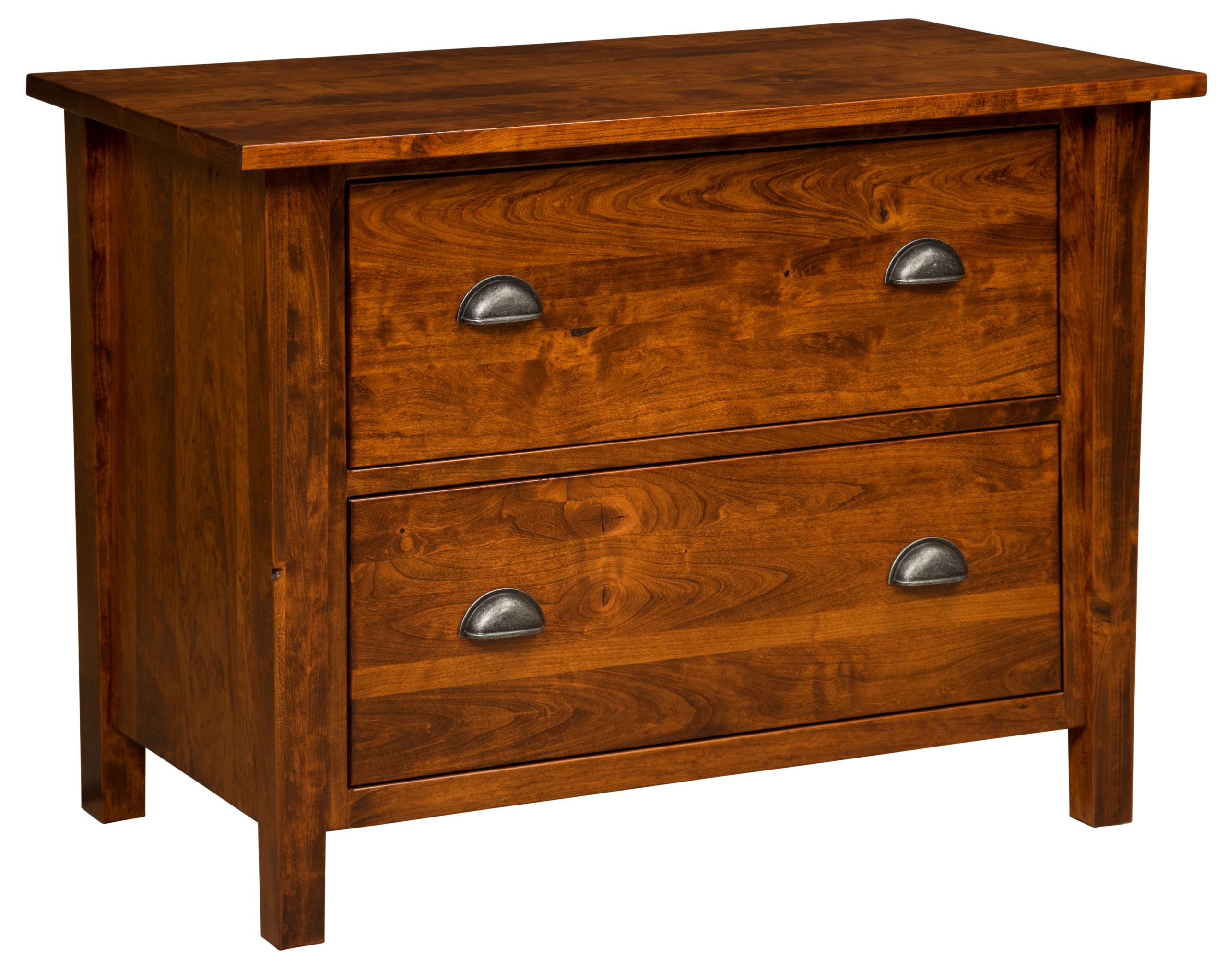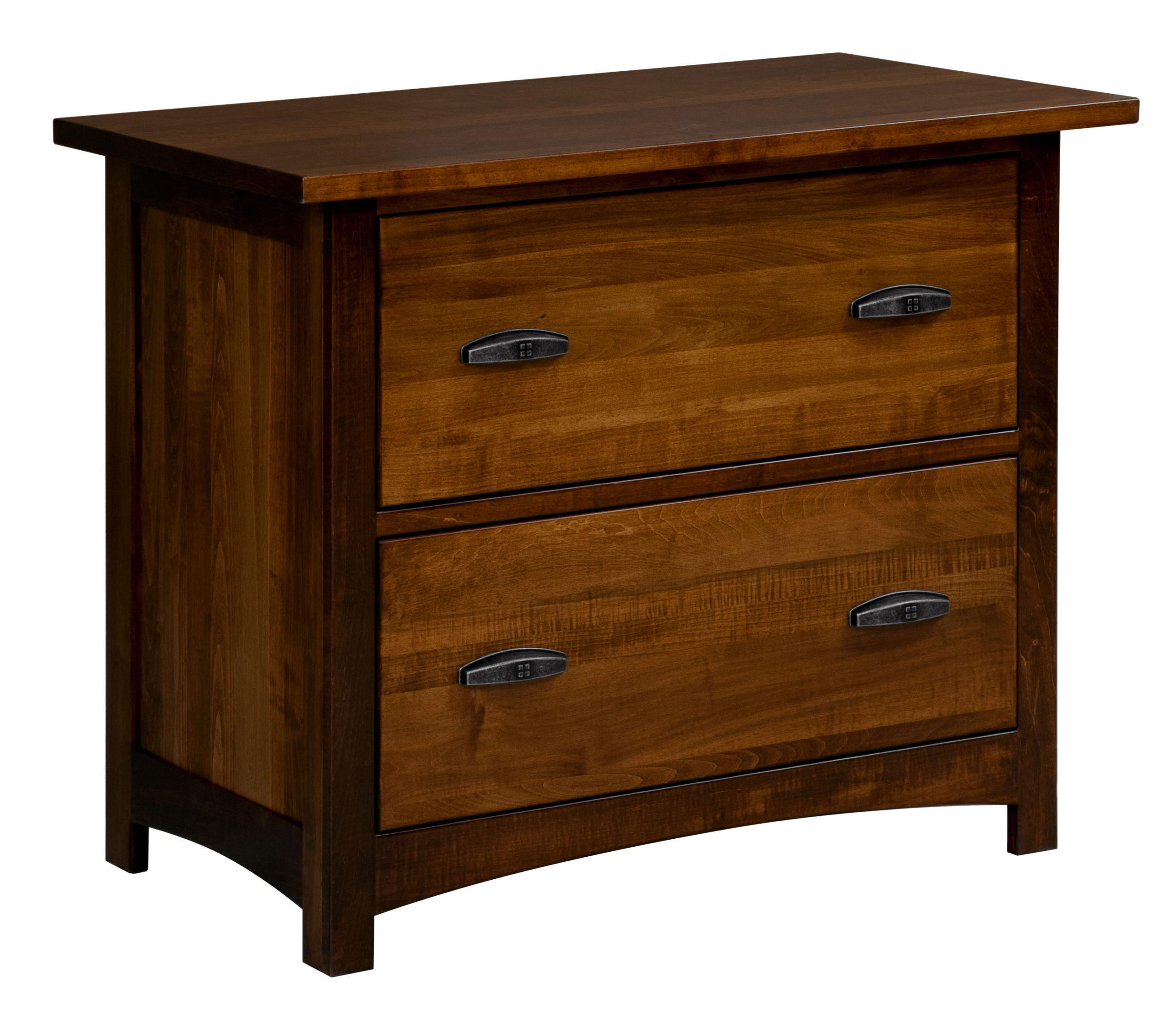The Appeal of Unfinished Wood File Cabinets

Unfinished wood file cabinets offer a unique blend of functionality and aesthetic appeal, making them a popular choice for both home and office spaces. Their natural beauty and versatility provide a blank canvas for personal expression, while their sustainability and durability contribute to a more environmentally conscious approach to furniture selection.
Aesthetic Advantages
Unfinished wood file cabinets possess a natural beauty that complements a wide range of décor styles. The inherent grain patterns and warm tones of wood create a sense of warmth and sophistication, adding a touch of rustic charm to modern interiors or blending seamlessly with traditional settings. This versatility allows users to integrate the cabinets into their existing spaces without compromising on style or creating visual dissonance.
Customization Possibilities
The unfinished nature of these cabinets provides a blank canvas for personalization, allowing users to express their individual style and preferences. The wood can be painted, stained, or treated with various finishes to match existing furniture or create a unique aesthetic. This customization extends beyond color and texture, as users can incorporate decorative elements like stencils, decoupage, or even woodburning techniques to create truly personalized pieces.
Environmental Benefits
Choosing unfinished wood file cabinets contributes to a more sustainable approach to furniture consumption. By purchasing unfinished wood, users avoid the waste associated with pre-finished products, which often involve the use of harmful chemicals and the potential for excess material during manufacturing. Additionally, unfinished wood allows for greater flexibility in terms of refinishing and repurposing, extending the lifespan of the cabinet and reducing the need for new purchases.
Finishing and Maintaining Your Unfinished Wood File Cabinet

The beauty of an unfinished wood file cabinet lies in its potential. It’s a blank canvas ready to be transformed into a unique and personalized piece that reflects your style and complements your workspace. This section will guide you through the process of finishing your cabinet, from sanding and priming to painting, staining, and sealing, while providing tips for achieving a professional-looking finish. We’ll also discuss the importance of proper maintenance to ensure your cabinet remains beautiful and functional for years to come.
Sanding and Priming
Proper preparation is key to achieving a flawless finish. Before applying any paint or stain, it’s essential to sand the wood surface to create a smooth and even base. This will help the finish adhere properly and prevent uneven application.
- Start with a coarse-grit sandpaper (80-120 grit) to remove any rough spots, imperfections, or previous finishes.
- Progress to a finer grit (150-220 grit) to smooth out the surface and remove sanding marks from the previous step.
- Finish with a very fine grit (220-400 grit) to create a perfectly smooth surface for painting or staining.
After sanding, apply a primer to the wood surface. Primer helps the paint or stain adhere better and provides a uniform base for a more even finish.
- Choose a primer that is compatible with the type of finish you intend to use (e.g., oil-based primer for oil-based paint).
- Apply the primer in thin, even coats, allowing each coat to dry completely before applying the next.
Painting, Unfinished wood file cabinet
Painting your unfinished wood file cabinet is a great way to add a pop of color and personality to your workspace.
- Choose a high-quality paint that is specifically designed for wood surfaces.
- Consider using a paint sprayer for a smooth and even finish, especially if you’re painting a large surface.
- If you’re using a brush, apply the paint in thin, even strokes, working in the direction of the wood grain.
- Allow each coat to dry completely before applying the next. Two coats are usually sufficient for good coverage.
Staining
Staining your unfinished wood file cabinet allows you to enhance the natural beauty of the wood while adding a touch of color and depth.
- Choose a stain that complements the wood species and your desired color.
- Apply the stain evenly with a brush or cloth, working in the direction of the wood grain.
- Allow the stain to penetrate the wood for the recommended time before wiping off any excess.
- Apply multiple coats if you desire a darker finish.
Sealing
After painting or staining, it’s essential to seal the finish to protect it from scratches, stains, and moisture damage.
- Choose a sealant that is compatible with the type of finish you applied (e.g., polyurethane for paint or varnish for stain).
- Apply the sealant in thin, even coats, allowing each coat to dry completely before applying the next.
- Two coats are usually sufficient for good protection.
Maintaining Your Finished File Cabinet
Proper maintenance will help your finished file cabinet stay beautiful and functional for years to come.
- Dust the cabinet regularly with a soft cloth to prevent dust buildup.
- Avoid using harsh chemicals or abrasive cleaners that can damage the finish.
- If spills occur, clean them up immediately with a damp cloth.
- If scratches or chips occur, touch up the finish with a matching paint or stain.
- Consider applying a coat of wax or sealant every few months to help protect the finish and maintain its shine.
